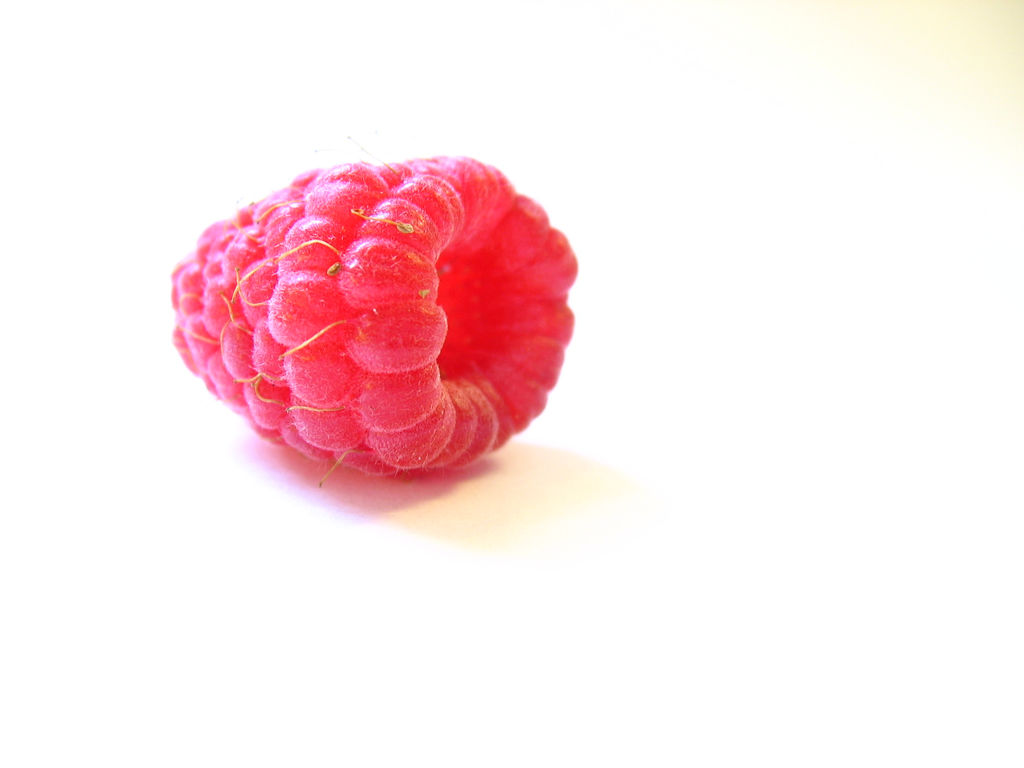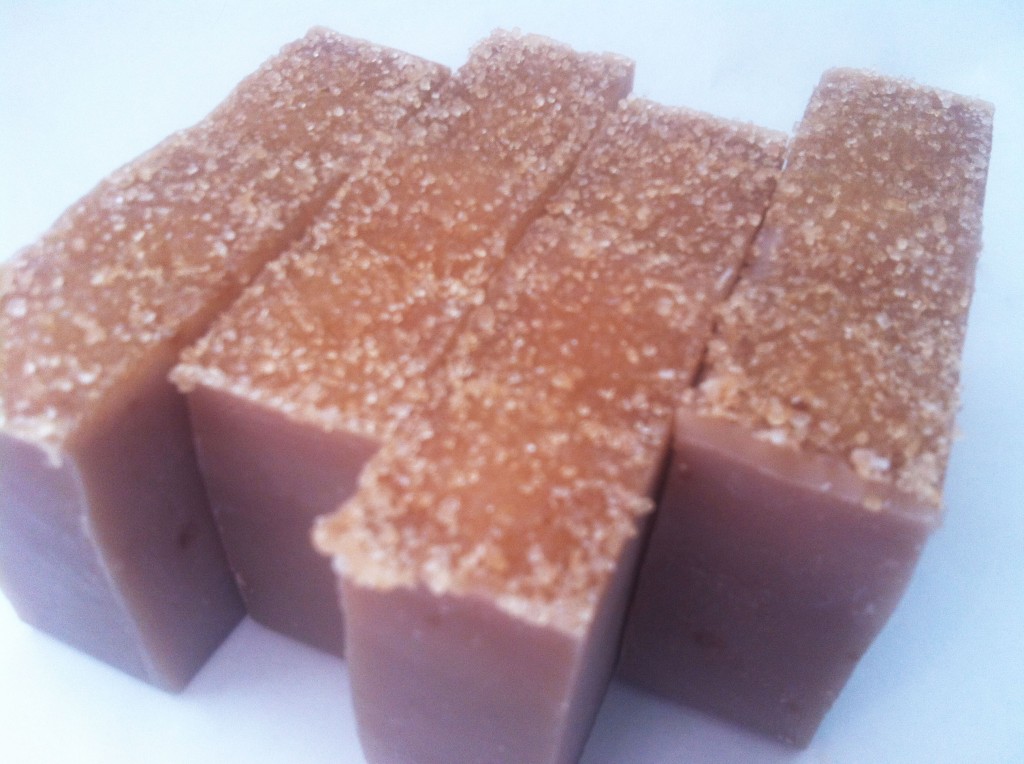I recently asked fans of my Facebook page which soap they’d like to see me make. Only my cousin Debbie expressed a preference, so her wish was my command. I made Sun-Ripened Raspberry Pink Rose Clay Soap. I think this soap will be a really nice facial soap, but it could be used on the whole body.
- 40% olive oil
- 25% coconut oil
- 15% palm oil
- 10% shea butter
- 5% cocoa butter
- 5% castor oil
I made the soap with aloe vera juice, pink rose clay, and silk.
(Videos removed; post remains for those who might like the recipe.)


